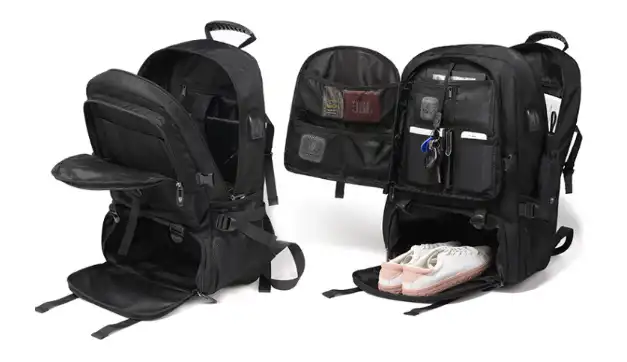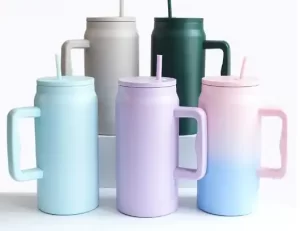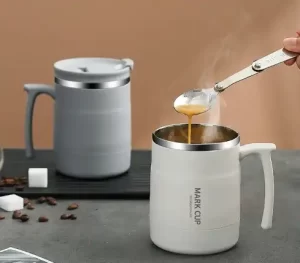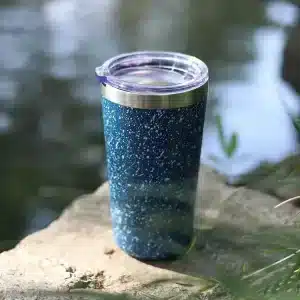I think you will definitely say that this is not simple, it is just a zipper puller, thread, webbing, and plastic buckle. These are all correct, but this only tells a small part. There are also some that we cannot see on the surface from the backpack, such as foam, teeth, edges, etc. Generally, 11 types of this are used.
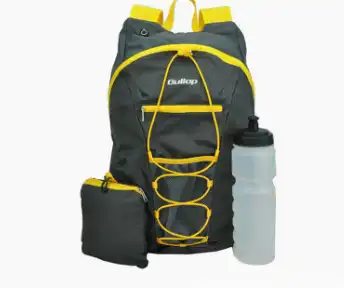
What are the 11 accessories commonly found on backpacks?
Let’s quickly take a look at the specific excipients of the backpacks.
1. Thread
Generally include Nylon line and Poly line.
nylon thread
Generally, the full name is expressed in the following form: “NYLON 210D THREAD 3PLY BOND ED 69”. Among them, Nylon refers to the texture, which is made of nylon. It looks smooth and bright. 210D represents fiber strength. 3PLY means that a thread is spun from three threads, which is called triple thread. Generally, nylon thread is used for sewing.
Poly line
It looks like a lot of little hairs, almost like cotton thread. Generally, the full name “POLY SPUN 30’S 4PLY” is expressed in the following form. Generally used for tying knots.
2. Tape
There are generally four types of tape, namely Nylon, Poly, pp and “V” bias.
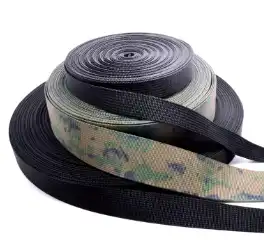
Nylon Tape
This kind looks more delicate, feels softer, and costs more than Poly. Nylon edges are generally used on very high-end bags.
Poly Tape
This texture is thicker and the feel is not very soft.
PP Tape
This tape is most commonly used on backpacks because it feels like Nylon. Using Poly materials can achieve the effect of Nylon and reduce costs. Generally, the strength of the edge is represented by “210×210”, and its width varies from 10MM to 40MM. There are wider ones, but they are rare.
The origin of “V” BIAS
Its texture is like a V-shape and is usually used folded.
Taples are generally used on the edges of backpacks. For example, where the seams of a backpack are seamed, wrap them with an edge to prevent the seams from being broken. In general, except for the bright threads of a good backpack, other hidden threads cannot be exposed. They are all covered by the edge.
3. Zipper, Slider
The more famous zipper manufacturers include YKK and YBS. I personally think YKK’s zippers are top quality. High-end bags generally use YKK zippers.
Outdoor backpacks do not use plastic zippers, they are all metal. Generally, the zippers used on hiking bags are size No. 5 and No. 8. If it is a YKK zipper, you can turn the zipper over to see how big it is. There are also some special zippers, such as rain guard and reversed zippers. The quality of a bag has a lot to do with the zipper. If the zipper has poor load-bearing capacity, can it still hold things?
4. Oxford belt, webbing (Webbing)
There are generally two types of webbing: Nylon and Poly. Nylon webbing is of good quality and soft to the touch. Considering the cost, only the best mens backpack use it. Most mens backpack use Poly webbing.
The webbing, like the edge, uses “600×400” to indicate strength. The load-bearing capacity of the webbing is very good, so it is generally used to connect the lower fly of the strap and is used as a side pull strap, waist belt, etc. Webbing is generally used in conjunction with buckles or buckles
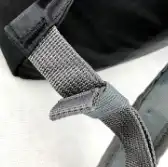
5. Velcro
A tower buckle is made of fur on one side and hook on the other. The two materials can be stuck together. It is usually made of nylon. Use the mouth of the black backpack or other location. Use tower buckles to design some easily removable pendants.
6. Elastic Band
Usually PP. There are foldable and non-foldable ones. Generally, the net black backpack is used to shrink the mouth, bag mouth or other places.
7. Elastic Cord
Generally it is also made of PP. No matter the thickness, it is generally used for decoration.
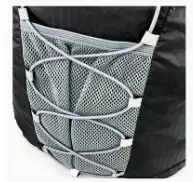
8. String
Usually PP. Used on the bag mouth or other locations. Generally, the diameter is 3.5MM or 4MM.
9. Foam (PU, PE, EVA, Atilon)
On a travel backpack, foam plays an important role. The materials collectively called foam can be divided into four types.
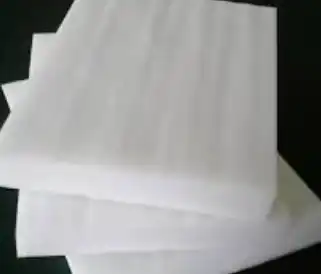
PU
It is what we often call a sponge, which has many pores and can absorb water. Very light, bulky and soft. Generally used in places that are tight against the user’s body.
PE
It is a plastic foam material with many small bubbles in the middle. Light and able to maintain a certain shape. Generally used to hold the shape of a travel backpack. But higher-end travel backpack don’t use it.
EVA
Used a lot on backpacks. Generally, straps are filled with EVA. It can have different hardnesses. The flexibility is very good and can be stretched to a very long length. Almost no bubbles.
Atilon
It is a material similar to EVA, but it is generally not used much and is almost never used as a strap. Personally I think it’s not as strong as EVA. Sometimes it is used on the back.
9. Piping
Usually made of PE plastic. Some cute backpacks have a decorative ring around them. In fact, it is not a decoration, it can play a role in holding up the bag.
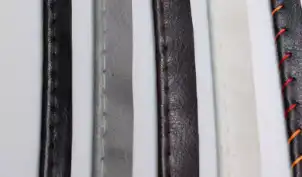
10. Plastic Board (PE Board)
An indispensable item for a hiking backpack. Usually used on the back. Prevent the messy things in the bag from scratching your back. Also used in other parts. Generally, it varies from 1M to 3M. There are semi-foamed and non-foamed ones. If it is a foamed PE board, you can see some small holes on it. The smaller the degree of foaming, the greater the hardness.
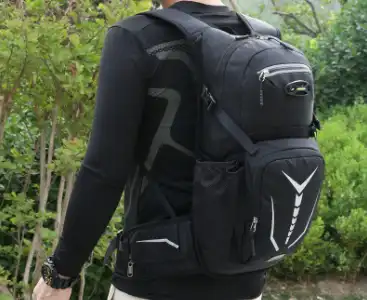
11. Aluminum Bar (AL Bar)
An indispensable item for general internal frame black backpack. There is a certain degree of curvature. It is an integral part of the carrying system. Due to its curvature, the weight of the black backpack can be transferred above the hips.
Which excipient is the most important?
Each of the auxiliary materials is very important. They have complementary functions. The absence of any one of them will affect the quality of the bag. Different functional packages also have different auxiliary materials.
In general, a backpack is like your second home. Therefore, when purchasing, it is best to consider all aspects and choose a bag with all kinds of materials.

